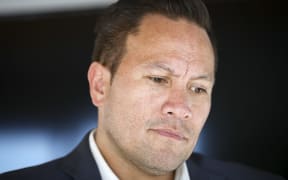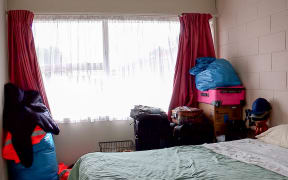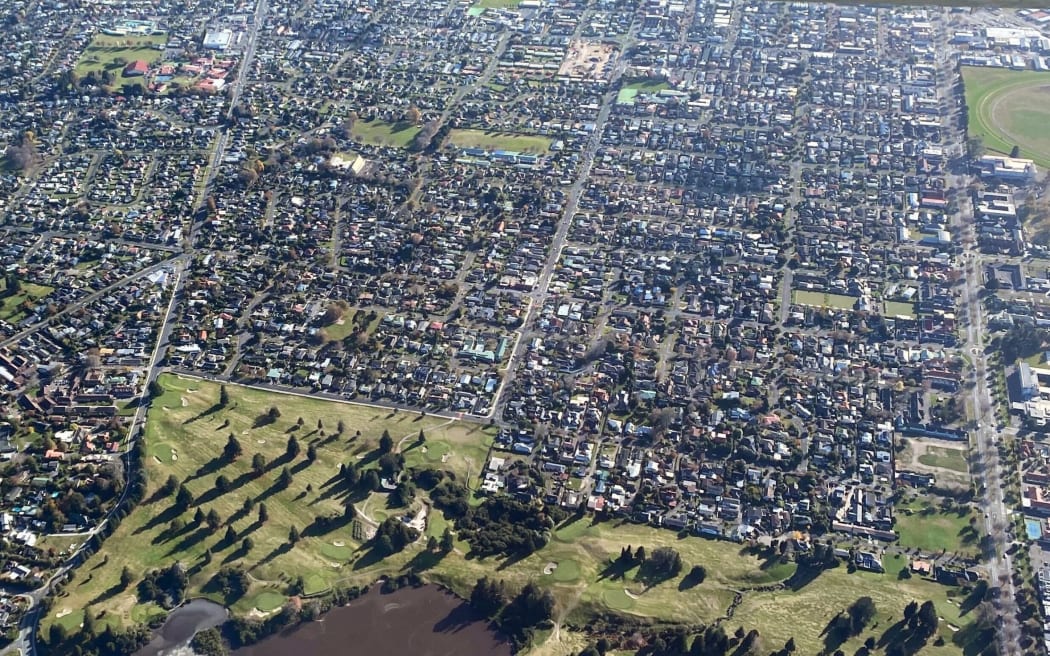
Glenholme south, bordering on Rotorua Golf Course. Photo: Felix Desmarais / LDR
Rotorua's mayor has expressed concern a Kāinga Ora submission on a proposed district plan change could lead to six-storey buildings being zoned outside of the inner city.
A local resident said she was concerned the changes could "ruin Rotorua", but Kāinga Ora says its suggestion supported boosting housing supply generally, not just social housing, near the city centre.
Plan change 9 was notified at the end of August, and was open for submissions until 14 October.

It was triggered by the government's move to allow Rotorua to join the Tier 1 major urban centres covered by medium density residential standards (MDRS), which allowed people to build up to three units and three storeys on most residential sites in urban Rotorua - without the need for a land use resource consent.
The government directed the council to notify a district plan change by 20 August, resulting in a proposal that suggested enabling medium density housing - up to 12m high buildings - across most of urban Rotorua, and higher density - 19.5m to 32m - close to and within the city centre and commercial centres.
One of 99 submitters on the proposal, Kāinga Ora recommended instead of high-density zoning up to 19.5m ending at York and Seddon Sts, it be extended as far south as the Arikikapakapa Rotorua Golf Course, bounded by Fenton St, Old Taupō Rd and Amohau St. That would add a further approximately nine blocks, and capture much of Glenholme, where the median house price was $770,000, according to OneRoof.
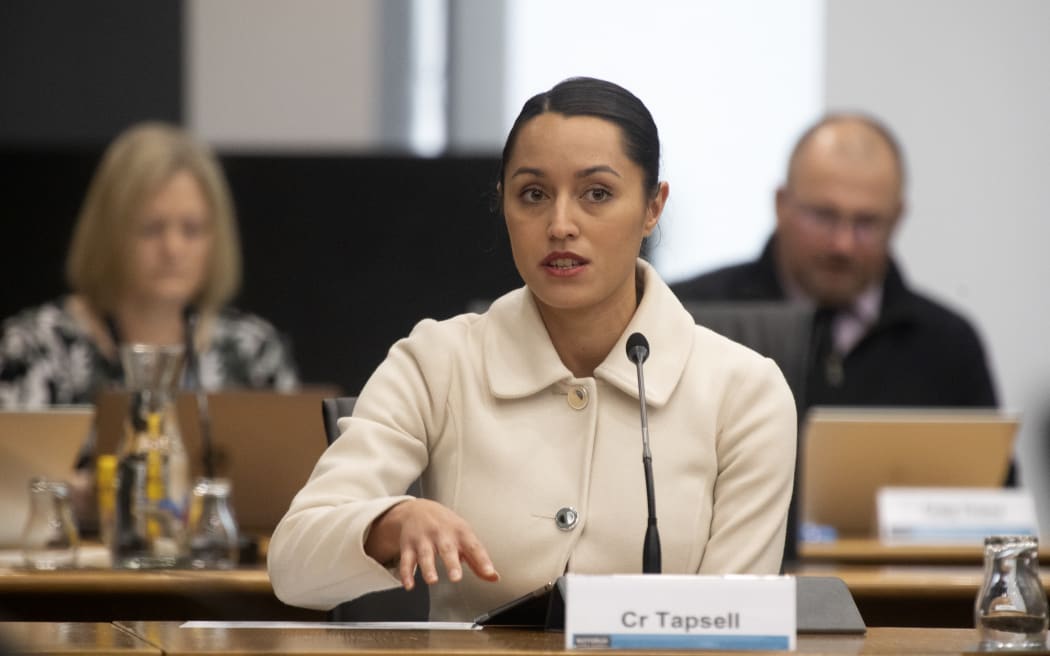
Rotorua mayor Tania Tapsell Photo: Andrew Warner/Rotorua Daily Post
On Monday, Rotorua mayor Tania Tapsell said she had concerns Kāinga Ora's submission would enable high-density zoning in areas that were "inappropriate".
She said the submission significantly extended the boundaries for high-density zoning and believed it posed "a risk for communities around the area who may see, over time, a change in what their neighbourhoods look like".
"It overreaches where we see it being appropriate for high-density development."
She urged the community to submit in the second consultation round - called "further submissions" - that opened on 12 November and will close on Friday.
Tapsell said another submission, from the Ministry of Housing and Urban Development, if implemented would see rules eased around papakāinga, which could unlock housing in rural areas such as Rotoiti or Rotomā.
It could result in greater infrastructure requirements for those areas, which the council had not necessarily budgeted for, she said, and those impacts needed to be considered.
She said she was not necessarily for or against those changes, but the further submissions round was the only further opportunity the public would have to have its say, on submissions that went further than the council's original proposal.
An independent report, commissioned by Rotorua Lakes Council in 2021, stated the city needed about 3500 more dwellings by 2023, more than 6000 by 2030 and almost 10,000 more by 2050.
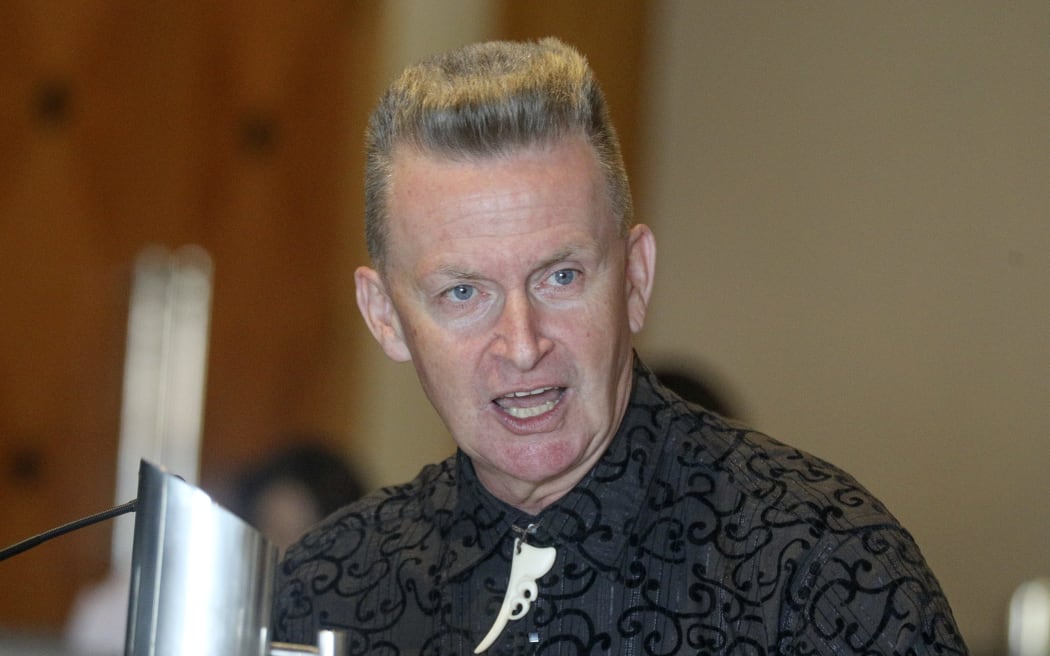
Rotorua district councillor Don Paterson. Photo: Andrew Warner / Rotorua Daily Post / LDR
Rotorua district councillor Don Paterson also urged people to submit and said this would help the council be sure of the community's position.
Glenholme resident Judith Lewis said she believed Kāinga Ora's submission, if implemented, would "really spoil [or] ruin Rotorua".
She said the city was the "heart of tourism" and tourists needed to keep coming for the city and its businesses to survive. She believed that could be impacted by the proposed changes.
"It would spoil our suburb because we're a very settled neighbourhood. We've got trees and parks around and we just love it. It's full of older people ... who live happily here. We really would like it stay very similar to what it is now, because it's a great place to live.
"It would just change the whole environment."
She urged fellow residents to submit and on Tuesday was rallying neighbours to support them to do so.
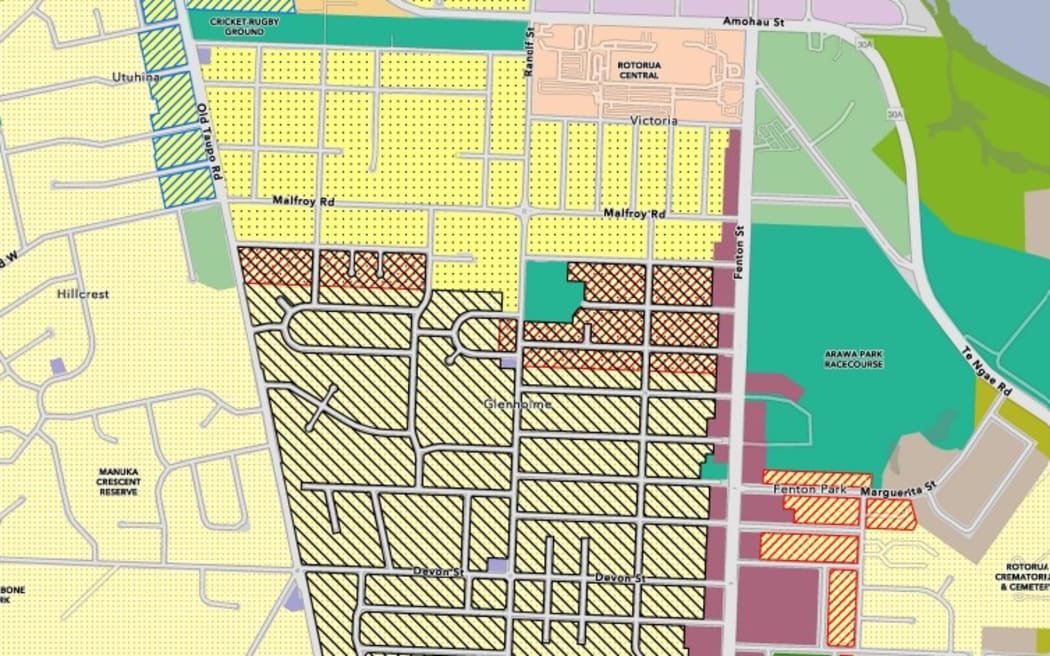
A map showing the area Kāinga Ora has proposed for high density zoning Photo: Screenshot / Rotorua Lakes Council
Lewis, who had lived in Glenholme since 1973, said she was concerned some of the issues reported on Fenton St in emergency housing motels could be transferred to social housing in Glenholme under the submission's proposed changes.
She wondered if homes could be built further out of town and believed some people needing houses had come from out of town and could return there.
"I sort of feel like this has become Rotorua's problem when really it shouldn't be."
She believed social housing should go to locals.
"Surely people want to live in a place where they have connections, they have family."
Saving Glenholme chairman Raj Kumar said his group opposed Kāinga Ora's submission, saying it could be a "nightmare" for Glenholme residents.
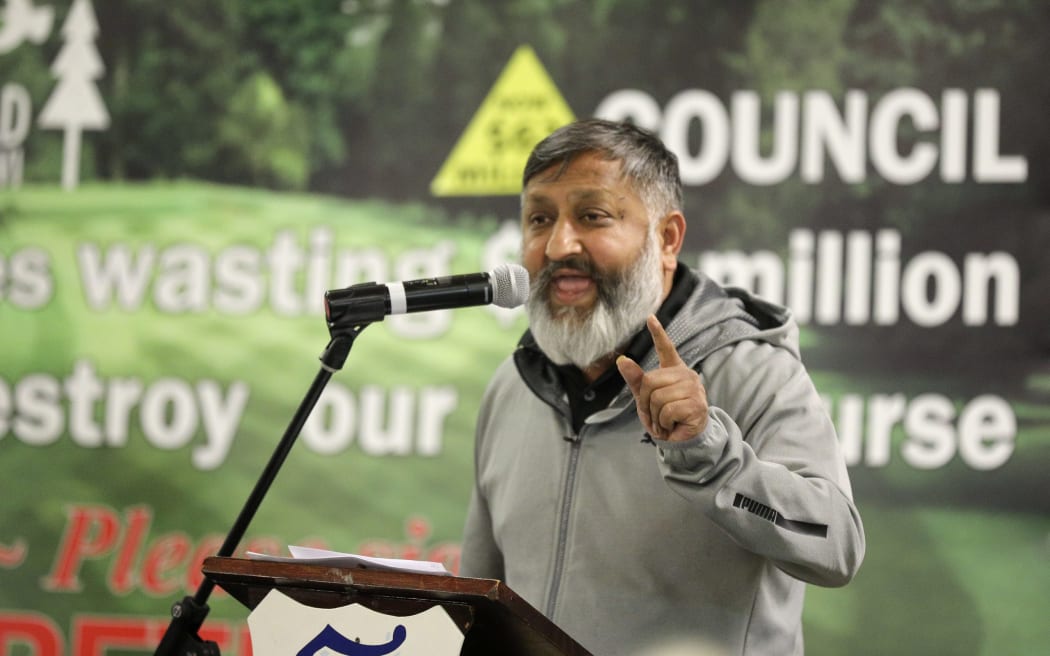
Saving Glenholme chairman Raj Kumar. Photo: Andrew Warner / Rotorua Daily Post / LDR
He said fall in house values were a factor but his group was also concerned about social housing tenants' behaviour.
The submission would be "less of a problem" if it did not result in a concentration of social housing.
Kumar said it was not Glenholme residents' fault there was a housing shortage in Rotorua and many had worked hard to buy in the area.
"It's not just about saving Glenholme, it's about saving Rotorua."
Rotorua MP Todd McClay, who had written to residents urging them to submit, said Kāinga Ora's submission would change a number of Rotorua's neighbourhoods significantly.
"After Friday it will be too late and a tall building could be coming to a section near you."
He understood many residents who would be affected hadn't known about Kāinga Ora's submission and were "extremely concerned".
A Rotorua Lakes Council spokeswoman clarified independent commissioners would hear submissions on plan change 9 and make recommendations to the council.
"If the council rejects any recommendations, the matter is referred to the Minister for the Environment for decision. If the council accepts the recommendations, the plan change becomes operative."

Rotorua MP Todd McClay Photo: RNZ / Samuel Rillstone
Kāinga Ora urban planning and design general manager Katja Lietz said as the country's urban development authority, it was tasked with creating more homes "at pace" and supported plans that enabled more people to live in locations with good access to jobs, amenities and services, and enabled enough housing supply so current pressures were eased.
"Rotorua has a pressing need for more homes to meet current demand, so it is important that the plan enables enough land to meet the existing shortage and to allow for future population growth."
She said Kāinga Ora was "generally supportive" of the council's plan change but suggested more high density zoning in the Glenholme area due to its proximity to the city centre.
Lietz said Kāinga Ora wanted to work with local government to enable thriving urban environments in a range of housing types - both public (social) and privately owned.
"Submissions consider the needs of an area in general terms and are not informed by what land Kāinga Ora currently owns or intends to purchase.
"Supporting intensification in an area does not translate directly to Kāinga Ora delivering public housing developments there."
She said in order to increase housing supply, "we must look to build up, rather than out".
"Intensification, when done well, can bring a range of benefits to an area, such as greater opportunity for investment in infrastructure and local amenities, more green spaces, increased safety and a stronger sense of community."
Local Democracy Reporting is Public Interest Journalism funded through NZ On Air
